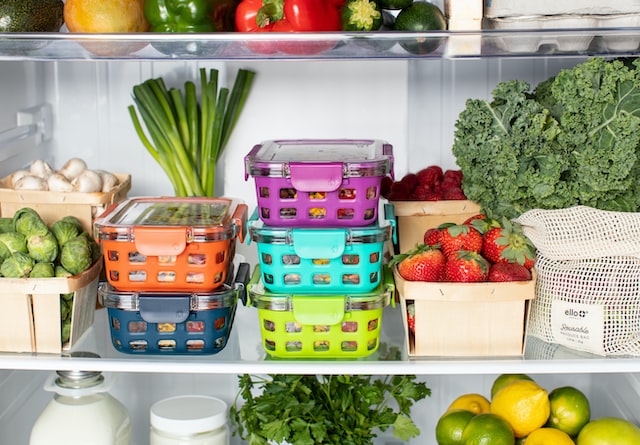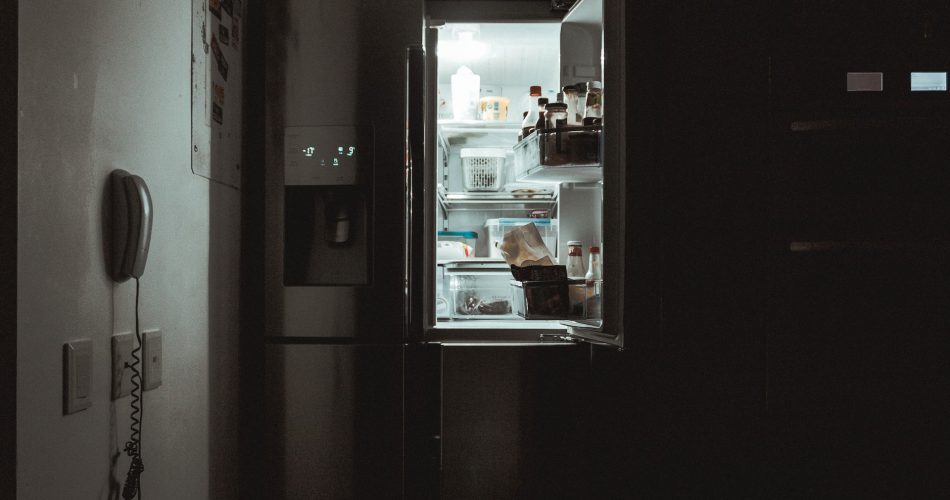If you’re wondering how long it takes a refrigerator to get cold, you’re in the right place. Here you’ll find the best tips on how to keep your fridge cool. You’ll also learn how to store food safely and keep bottled water from flooding.
Check the evaporator coils and evaporator fan
If your freezer is not getting cold enough or taking too long to cool, you may have a problem with your evaporator fan or coils. Your refrigerator should operate in a 55 degree Fahrenheit to 110 degree Fahrenheit temperature range. When your refrigerator is not getting cold enough, you will have to investigate the causes.

Photo by Lute on Unsplash
Usually, you will find the evaporator motor in the back of the freezer compartment. You may need to remove the rear panel and gain access to the evaporator fan.
You will need a multimeter to test the evaporator’s motor. Checking the evaporator’s motor isn’t always easy. It’s best to seek help from an appliance repair professional if you aren’t comfortable tackling this task yourself.
The evaporator’s motor is a small but crucial component of your refrigerator. A broken motor can shorten the life of your appliance.
You should also look at the defrost timer. If the defrost timer isn’t working correctly, you can expect your evaporator coils to freeze up. And if your evaporator is frosted up, you won’t be able to keep your food cold.
Keep bottled water safe from flooding
If you are worried about how to keep bottled water safe from flooding in a refrigerator, there are steps you can take. You don’t want to have to use contaminated water to wash your dishes or drink.
The best way to make water safe to drink in an emergency is to store it in a clean, food-grade container. Plastic containers should be tightly secured and stored in a cool, dark place. Keep them away from pets and children.
Commercially prepared foods are typically in metal cans or retort pouches. These are water-proof and shelf-stable, but you must still clean them.
To make your bottled water safer from flooding, start by sanitizing the container. You can sanitize containers with a solution of bleach and water. Boil the water for about 1 minute. After that, pour out the sanitized water and replace the container with a clean one.
If you have opened bottles of water, it should be used within a day or two. It should be discarded if it has been exposed to floodwater or if it has a foul taste.
Don’t leave the door open
Leaving the door open in a refrigerator to get cold is not the most energy efficient way to go. Keeping it open can waste up to 120 kwh of electricity per year. Luckily, most refrigerators come with a timer that automatically shuts the door after a certain time, saving you the hassle of checking on the status of your food.

Photo by Ello on Unsplash
There are many reasons to keep a refrigerator door closed, and you should always check the time before you open the door. However, one thing you should never do is leave your fridge unattended. This can lead to broken or cracked parts and a much larger bill than you bargained for.
First off, your fridge might be a couple of degrees hotter than your kitchen. Second, the warmer air inside a refrigerator mixes with the cooler air outside, creating moisture. Moisture is the number one cause of mold and mildew growth. The best way to combat this is to keep your refrigerator doors locked and close.
Store food safely
If you live in a place with a power outage, it is important to know how long it takes your refrigerator to get cold. The time it takes depends on the refrigerator and the weather. A smaller refrigerator will cool faster than a larger one.
In the case of a power outage, it is best to use a cooler to keep perishable foods chilled. This is particularly important if you have frozen food. It is also a good idea to purchase dry ice. Adding ice to your cooler is an easy way to keep your perishable foods cold for a longer period of time.
When you’re planning to store food for a longer period of time, you may want to buy block ice and use it to keep your refrigerator cold. You can also add frozen gel packs to your cooler for a better way to chill your foods.
In addition to using a cooler, you should keep your refrigerator closed when you’re not using it. Leaving the door open allows hot air to enter the fridge. That can lead to the formation of mold and other undesirable conditions in the refrigerator.
